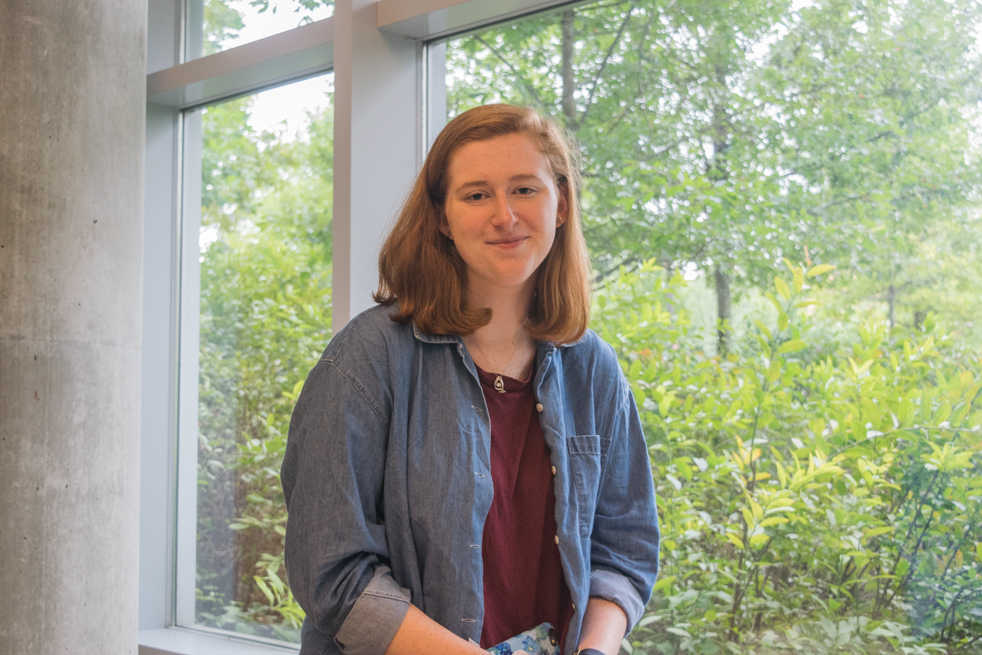By the time this is published, several weeks will have passed since what I will call “The Most Depressing Lecture I Have Ever Attended.”
The lecture was in an international affairs class, and the topic was — you will never guess — climate change.
No matter where you stand politically, it is important to know that we can all help prevent severe damage to our world by making simple lifestyle changes and choosing to be intentional about our decisions and keep in mind the way that we affect the world around us.
Personally, after learning the specifics of the way the environment is changing, about water scarcity, about climate change, about rising carbon dioxide levels in the oceans and atmosphere and about ocean pollution and about deforestation I was in a horrible mood. People in the class argued for twenty minutes about how attempting solutions is futile and that humans, especially Americans, will never turn from self interest to help the greater good. No one is thinking about the big picture, it seems, and when we do, we ignore it. If I cannot personally change the world’s trajectory, then what is the point?
But that kind of thinking is not helpful to anyone. I realized that one person can have an effect on their surroundings. Setting an example and joining in the effort to prevent the destruction of our environment is progress — if there is one, there are many, and you are not alone.
Once we all know that our personal efforts matter, we can inspire a larger movement. If you get stuck thinking about what you cannot do, you will never achieve anything, but if you realize that you are not just a raindrop but a part of a larger body of water, you will succeed.
I would love to share with you some simple ways that we can help the environment without sacrificing too much, and then I will share some more involved ways that we can get involved. I hope that these suggestions resonate with some of you and that we can implement these measures into our everyday life and look forward to a brighter, cleaner, future.
First off, turn off the lights when you are not in the room. Unplug electronics when you are not using them, including power strips. Turn off the AC in the winter. Turn off the shower when you shampoo and condition your hair, turn off the faucet when you brush your teeth. Give up red meat for a few days — use it as an incentive to treat yourself to a fancy, meaty meal the next week. Eat fresh foods, not packaged foods. Reduce, reuse, recycle. Carry a refillable water bottle and stop buying plastic. Hand wash your dishes, cook your own dinners and use up that food at the back of the fridge that will go bad if you do not put it to good use. Use both sides of the paper, use a refillable cup when you get your daily Starbucks, donate to and buy from local farmers, support sustainable living in your own ways.
If you are looking for something more radical, go vegetarian. Go vegan. Make a compost bin, go waste free for a week, and then challenge yourself to go for two weeks without creating excess trash. Use only cold water to wash your clothes, walk or bike to class or to the store instead of driving, carpool frequently, and pay close attention to the way that you are interacting with the world.
There are more extreme ways to get involved, but I will leave you to do your own research for that to decide what track is best for you. If you aren’t economically able to do these things, don’t worry — just do your best. That’s all our Earth, and I, ask for. And most importantly, talk to each other. Spread the word about the good things you are doing and how your life may be changing because of your works. Maybe in the process, you will change someone else’s life, and the world too.
